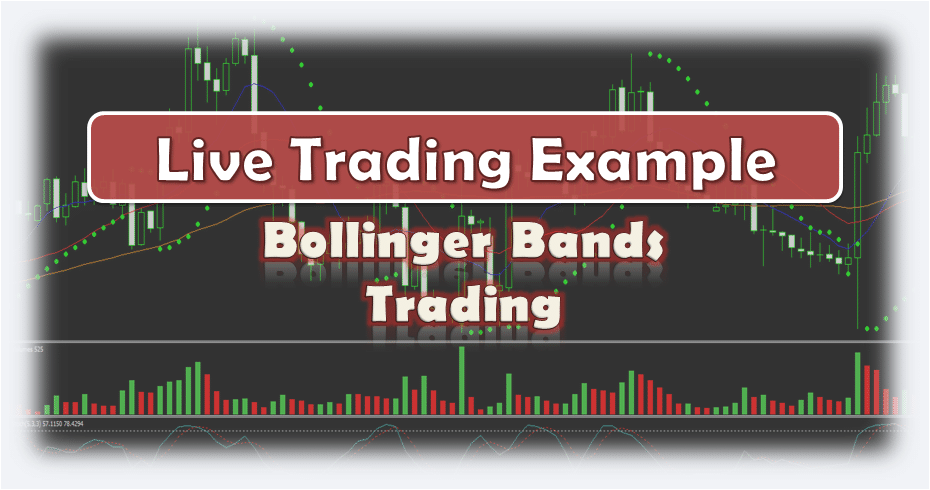This live Forex trading example involves a bullish trade taken on the M5 chart of the GBP/USD based on signals from the Bollinger Bands Forex indicator. The trade gives a clear example how to take advantage of Forex volatility when identifying emerging trends. I opened a long trade on the assumption that a bullish move is emerging on high volatility.
Signals of the Bollinger Bands Forex Trade
- After a consolidation, the price created few bullish candles.
- Then we saw a visible breakout through the middle band (the 20 SMA).
- The price action started hitting the upper Bollinger Band.
- The upper and the lower Bollinger Bands gained distance from each other.
- This signalizes that the Forex volatility of the GBP/USD is increasing.
Stop Loss and Target
In case of loss I was intending to close the trade either when the price breaks the 20-period Simple Moving Average(the middle band), or the lower band, depending on the chart conditions. Nevertheless, I placed a Stop Loss order below the lower Bollinger Band in order to protect the trade from big and volatile price moves. After all, we hop into a trade during higher Forex volatility.
The target in the trade is also undefined. The point is to stay in the trade until the price is trending in your favor. If the volatility decreases, the two bands are likely to react with getting tight and close to each other. This is an ultimate signal that the trend is probably getting exhausted and you should exit the trade.
Live Trading Example
Notice that after the bullish trend got exhausted, the price created a support zone. Suddenly, the price broke that support zone downward and at the same time the price also broke the 20-period SMA – the middle band. I decided to exit the trade on these signals because the two Bollinger Bands were getting tighter. This gave me a signal that the GBP/USD is done with the price increase. Therefore, I closed the trade collecting 21 pips, which equals to 0.17% profit.
